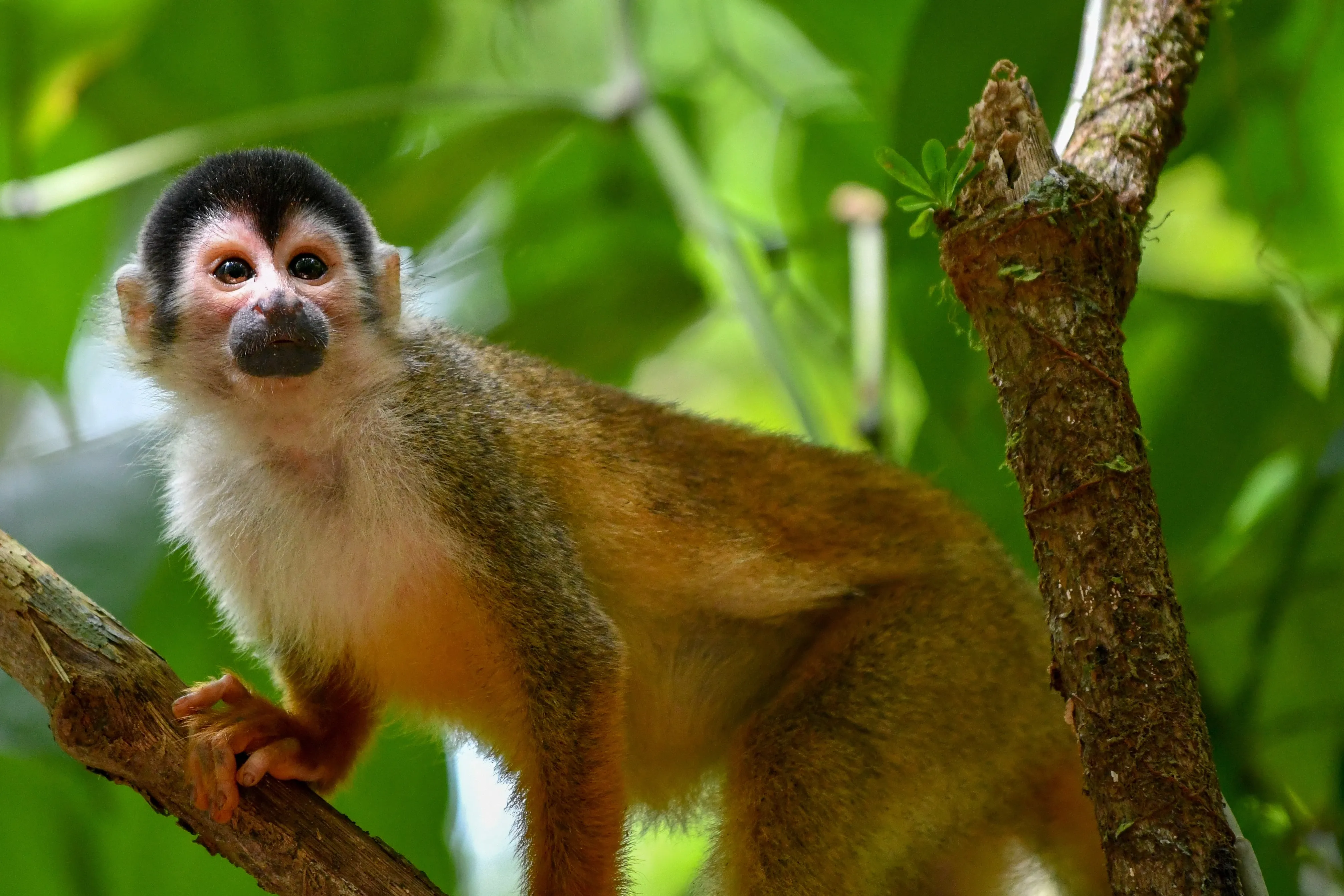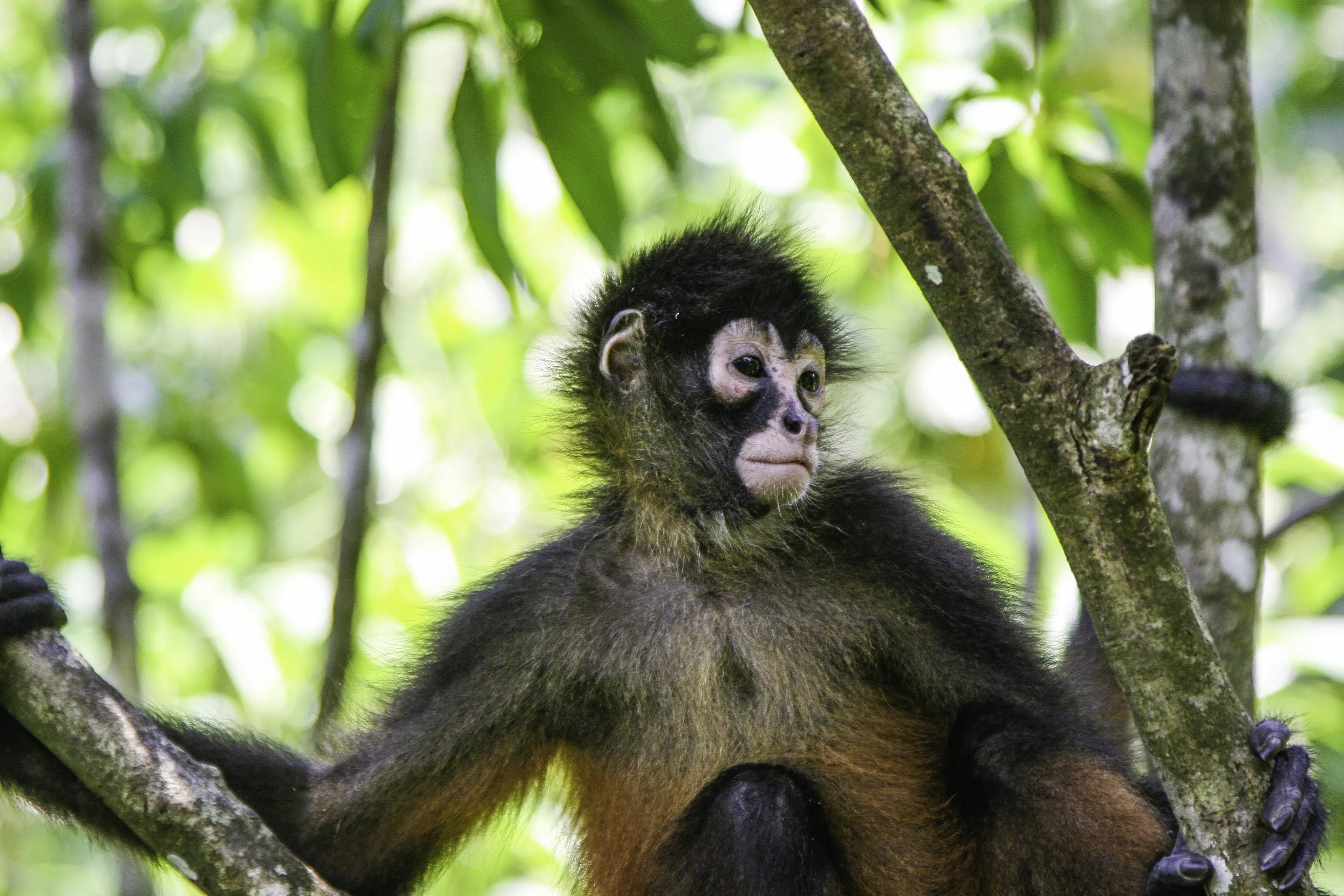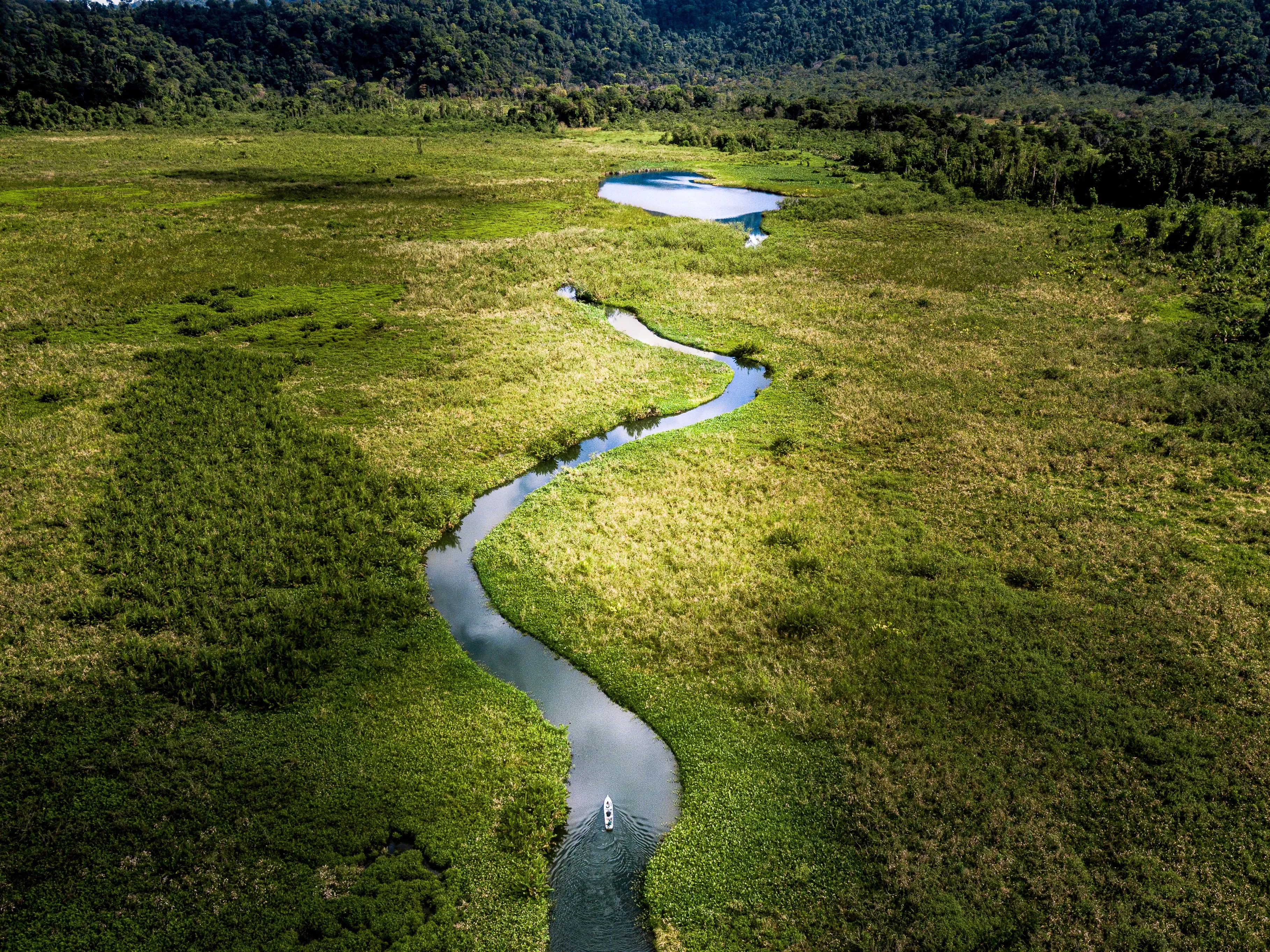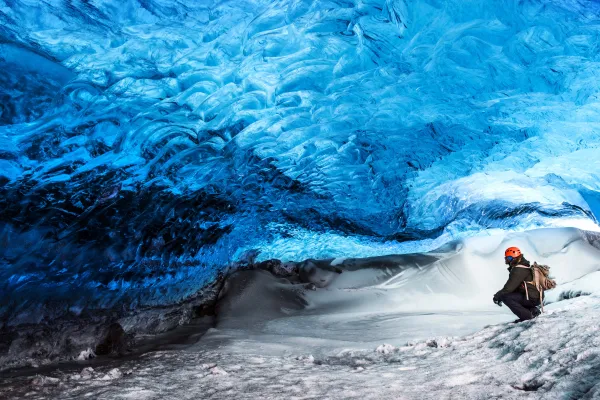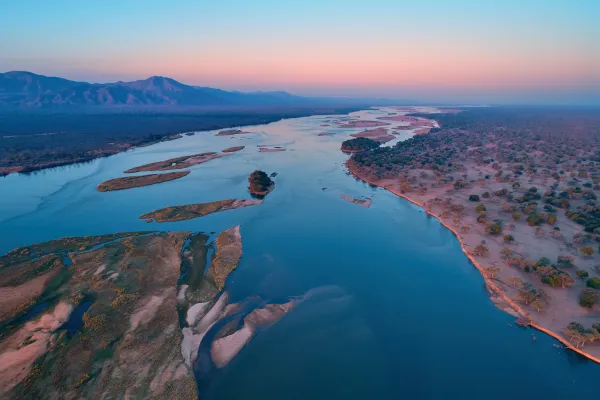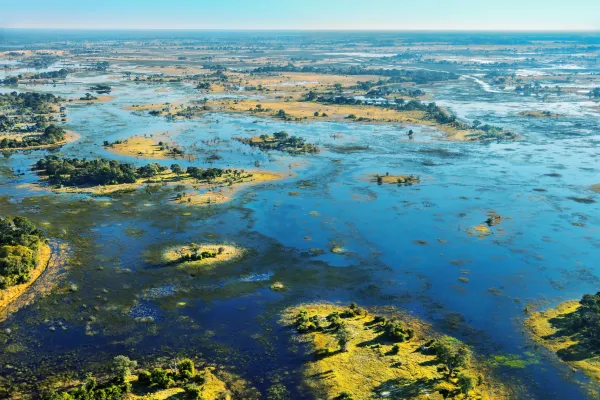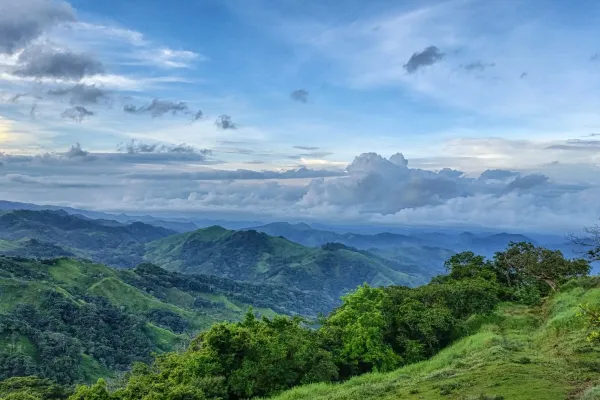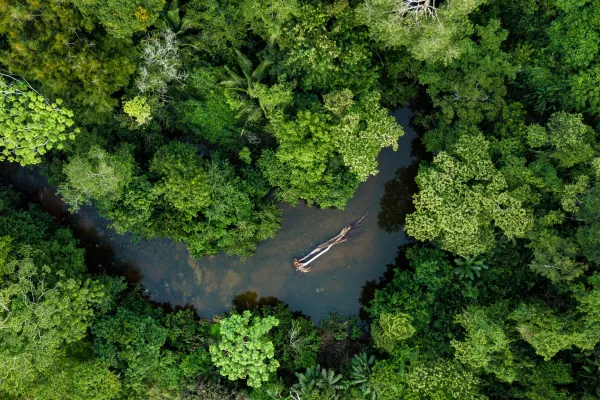Unique nature in Costa Rica: Osa Peninsula
Costa Rica’s Osa Peninsula is one of its most remote and intact wilderness ecosystems. Furthermore, dedicated conservation efforts and community involvement in ecotourism protect this pristine region and its incredible biodiversity. If you are a nature-loving, eco-conscious traveller, this is a unique destination you do not want to miss.
Travel and Leisure has named Costa Rica its top destination for 2024 - and unsurprisingly. This little nation is home to an astounding 5% of plant and animal species worldwide.
Moreover, its ancient rainforests, two tropical coasts, and thriving ecotourism industry complement this spectacular biodiversity. In short, the country is a travel magnet, and its better-known and more accessible destinations can get crowded.

However, Costa Rica’s remoter regions present a treasure trove of tourism jewels for those willing to journey further and harder. One such glittering gem is the remote Osa Peninsula. Jutting into the Pacific from Costa Rica’s southwestern tip, it is among the country’s most idyllic wilderness destinations.
Osa’s virgin rainforests and rich marine ecosystems support a kaleidoscopic array of life, including many rare and threatened species. In fact, the peninsula is home to roughly half of all the country’s wildlife species. That accounts for 2.5% of the world’s biodiversity - on just 0.001% of its surface area.
Furthermore, it is one of the few places where people live in sync with nature. In recent decades, governments and conservation organisations have worked with community members to preserve this pristine piece of the planet. Today, ecotourism is thriving in the area, and many locals are involved in sustainable tourism projects.
Osa Peninsula’s camera-trapping programme
However, the balance between humans and nature on the Osa Peninsula has not always been so harmonious. The region’s remoteness and lack of infrastructure meant jobs were scarce for many years. Consequently, locals had to rely on the jungle’s resources to survive.
Illegal logging, hunting, and poaching were rife and began to take their toll on the environment. Happily, the status quo shifted dramatically when non-profit organisation Osa Conservation launched a game-changing camera trapping programme across the peninsula.
The footage captured numerous elusive and endangered species, including jaguars, pumas, Baird’s tapirs agoutis, armadillos, falcons, and grisons. Additionally, it illustrated the region’s mind-blowing biodiversity in beautifully graphic terms.

Most significantly, they sparked the interest of community members and began shifting their perspectives. Instead of seeing the ecosystem and its wildlife as an inexhaustible entity, they recognised it was a finite resource - with infinite value.
As locals became more aware of the peninsula’s ecological and economic significance, they became more invested in protecting it and its precious wildlife.
Simultaneously, the camera trap images had been making their way around the globe, piquing the interest of nature-loving and intrepid travellers. As word spread of this exceptional ecosystem and its phenomenal wildlife, tourism to the region rose multifold.
The increased visitor numbers created a flurry of conservation-based job opportunities, giving locals a sustainable alternative to stripping nature for survival. Today, ecotourism continues to bring essential revenue into this far-flung region and employs myriad community members.
Nature attractions at Osa Peninsula
#1 Corcovado National Park
Corcovado National Park is arguably the peninsula’s most compelling attraction, covering 424 square kilometres of its pristine woodlands and coastline. Dubbed 'the most biologically intense place on earth’ by National Geographic, its forests and seas teem with life.
Scientists have documented over 140 mammal species in the reserve, including tapirs, pumas, jaguars, ocelots, sloths, and four monkey varieties. Crocodiles lurk in the coastal mangrove swamps, while a profusion of snakes and amphibians inhabit the jungle interior. Among Corcovado National Park’s many frog species are highly poisonous dart frogs and glass frogs, with their translucent underbellies.
Furthermore, the reserve supports more than 400 bird species, including toucans, scarlet macaws, massive harpy eagles, and large seabird colonies. Its marine life is no less dazzling.
Permanent and migratory residents include seals, sea lions, Magellanic penguins, manta rays, and sperm, pilot, blue, and humpback whales. Corcovado National Park has a strict entrance limit of only 50 visitors per day to minimise the impact of tourism.
#2 Drake Bay
Local legend goes that the 17th-century explorer Sir Francis Drake first frequented the area’s calm bays and lush interior. Many believe the Englishman, ‘Pirate Drake’ - the third man to circumnavigate the globe - may even have buried some secret treasures here. No hidden loot has ever been discovered in Drake Bay, but the tale - accurate or not - gives the town a certain mystical allure.
Historical rumours aside, Drake Bay has many more tangible treasures. From July to November annually, myriad humpback whales migrate to these serene waters to mate and raise their young. Consequently, Drake Bay is one of the world’s best whale-watching sites. Many other oceanic species, including white-tipped sharks and playful dolphins, reside in the bay year-round.
If you are more of a landlubber than a water baby, a night hike in the surrounding jungle is a stellar option. As darkness falls, the rainforest’s nocturnal animals awaken, creating the chance to see some of its most elusive inhabitants.

#3 Cabo Matapalo
At the Osa Peninsula’s extreme southern end lies Cabo Matapalo, featuring dramatic rocky promontories and endless stretches of white sand. This remote coastal outpost is a surfing Mecca and a hub of sustainability.
All its beaches bear the prestigious Blue Flag Ecological Award, and the region is known for its many solar-powered eco-lodges. Moreover, a web of hiking and horse-riding trails traverse the rainforest backing the bay and offer excellent wildlife-spotting opportunities.
#4 Cano Island
A visit to this island, lying 16 kilometres offshore from Drake Bay - is a must-do day boat trip. Snorkelling Cano’s coast reveals its diverse marine life, including stunning corals, moray eels, and vividly-hued tropical fish. If you are lucky, you may also spot dolphins, manta rays, or green sea turtles.
On land, you can hike through ancient jungles and groves of giant guava and palm trees. However, the island’s most intriguing feature is arguably its collection of over 300 almost perfectly round carved stone spheres.
Called Las Bolas, these giant orbs date back thousands of years and weigh up to 15 tons. Due to these enigmatic archaeological features,UNESCO designated Cano Island a World Heritage Site. However, researchers remain mystified as to who created them - as well as why and how.

Paving a sustainable path
The Osa Peninsula is a shining example of the incredible scenic beauty and biodiversity that Costa Rica has to offer. More significantly, the government, conservation agencies, tour operators, and community members are working together to preserve the peninsula’s outstanding natural bounty.
However, Osa is well on its way to becoming a top ecotourism destination. Therefore, if you want to visit this beguiling, ‘intensely biodiverse’ ecosystem ahead of the crowds, the time is now. If you do, savour every minute and remember to tread lightly on this incredibly precious piece of the planet.
Sign up for the newsletter
By clicking on “Subscribe now” I will subscribe to the Conscious Explorer newsletter with all the information about mindful travel. Information on the success measurement included in the consent, the use of the shipping service provider MailChimp, logging of the registration and your rights of revocation can be found in our privacy policy.


